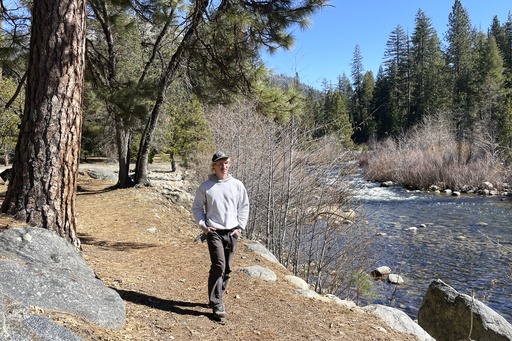
Yosemite National Park, located in California’s Sierra Nevada, has raised concerns among recently dismissed employees about potential impacts on visitor experiences and wildlife conservation efforts. The park is famous for its towering sequoia trees, diverse wildlife, and iconic rock formations such as El Capitan, a sheer granite face popular with climbers from around the globe. The rich natural environment has consistently drawn individuals dedicated to preserving the park and serving its visitors from California and beyond.
Amidst an initiative to downsize government, last week, the Trump administration terminated approximately 1,000 newly appointed employees of the National Park Service, who were responsible for maintaining park facilities, cleaning, providing visitor education, and performing essential park duties. In response to public backlash, the administration announced plans to reinstate at least 50 jobs across the national parks while also pledging to recruit more seasonal workers than usual for the coming periods. The National Park Service currently employs around 20,000 individuals.
At least twelve of the employees affected by these layoffs were stationed at Yosemite. Among those impacted is Olek Chmura, a passionate rock climber who relocated from Ohio to California and had recently taken up a job as a custodian in the park. Last week, he received notice of his termination, and he expressed concern that there would be insufficient staff to manage trash collection, restroom maintenance, and overall upkeep of the park facilities. Chmura reflected on the numerous unsightly items he routinely handled, highlighting the vital role custodians play in preserving the park’s natural beauty for visitors.
Landing a job at Yosemite meant the world to Chmura, as it allowed him to pursue his climbing passions during downtime, making the news of his job loss particularly painful. “I had a feeling this would happen, but it still hit me hard. The National Park Service really embodies everything I love about conservation and public lands,” he remarked. He further noted the implications for public safety, expressing concerns that diminished personnel would adversely affect search and rescue operations within the park.
Other former employees share similar apprehensions, particularly regarding wildlife welfare. Andria Townsend, who focused on carnivore research, worked with endangered species such as the Sierra Nevada red fox and the fisher. After two decades with the National Park Service, she found herself laid off due to her recent promotion, which marked her as a probationary employee. Townsend voiced her concerns that without adequate staffing, wildlife may become reliant on human waste left by visitors. She asked poignant questions about the overarching future of national parks and wildlife conservation.
Amid these shifts, the park service announced that they were reinstating about 5,000 seasonal positions, particularly during the peak visitor months when millions flock to Yosemite. However, the layoffs and ensuing uncertainty have dampened spirits among park staff and surrounding communities. Ken Yager, a founder of the Yosemite Climbing Association and curator of its museum in Mariposa, has observed a palpable sense of depression and apprehension about the future among local residents and employees alike. “There’s a pervasive worry about what might come next and how much worse things could get,” Yager stated wistfully.

